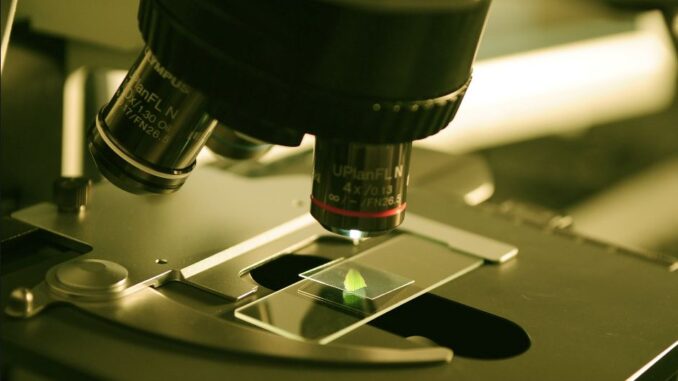
Oligonucleotide synthesis (or oligo synthesis) is the chemical synthesis of short strands of nucleic acids (primarily DNA or RNA) that are widely employed in molecular biology applications. These synthetic oligos are critical tools for research, diagnostics, therapeutics, and gene editing technologies.
This is a step-by-step outline of the oligo synthesis process.
Step 1: Selection of Sequence
The first step is to scaffold the nucleotide sequence of the oligonucleotide. You are calibrated for the use case for which you intend to use it—PCR primers, gene editing guides (e.g. zinc finger nucleases, TALENs, CRISPR/Cas9), probes for diagnostic assays, antisense therapeutics, etc. Even a single base error can influence the oligo functionality, and as such, the precise order of nucleotides (A, T, C, G for DNA, or A, U, C, G for RNA) has to be ascertained.
Step 2: Prepare the solid support
Oligo synthesis is performed on a solid support, typically a controlled pore glass (CPG) or polystyrene bead. This support is attached to the first nucleotide at its 3′ end. This immobilization permits the stepwise addition of nucleotides and simplifies purification.
Step 3: Chain Elongation, Phosphoramidite Chemistry
The fundamental process of oligo synthesis companies is the stepwise addition of nucleotides via phosphoramidite chemistry.
Deprotection: A mild acid removes the dimethoxytrityl (DMT) protecting group from the 5′ end of the nucleotide, revealing the hydroxyl group.
This is usually done through a process known as coupling, in which a phosphoramidite nucleotide with a protected 5′ end is added to the chain, thus forming a bond with the previous nucleotide.
Capping: Any remaining hydroxyl groups are blocked so that wrong sequences won’t be developed in future cycles.
Oxidation: Iodine was used to oxidize the new phosphite linkage to a more stable phosphate group. This process continues for every nucleotide in the target sequence.
Step 4: Cleavage and Deprotection
After the complete oligo has been assembled, it is cleaved from the solid support. At the same time, all of the other protecting groups (on the bases and phosphates themselves) are removed via chemical treatments, usually involving ammonia or other basic solutions. This step regenerates the reactive groups on the oligo and releases the oligo into solution.
Step 5: Purification
All synthesized oligos come out perfect. Some strands may be shorter than others due to incomplete reactions. That means purification is essential. Common methods include:
Desalt: Gets rid of small molecules and salts.
HPLC (High-Performance Liquid Chromatography): Purifies longer sequences from shorter ones.
PAGE (Polyacrylamide Gel Electrophoresis): For short oligos, PAGE provides high-resolution purification.
Step 6: Quality Control
Quality control checks for the oligo are performed to ensure that it meets the desired specifications. This can involve performing mass spectrometry, capillary electrophoresis, and UV absorbance measurements to assess sequence fidelity, purity, and concentration.
Final Thoughts
Oligo synthesis is a highly sensitive interplay of chemistry, precision, and automation. Every step is essential for the final output to be high-fidelity. With use cases across research, medicine, and biotechnology, understanding how this process works is key to understanding how synthetic biology is pushing the boundaries of what’s possible in science.

Leave a Reply